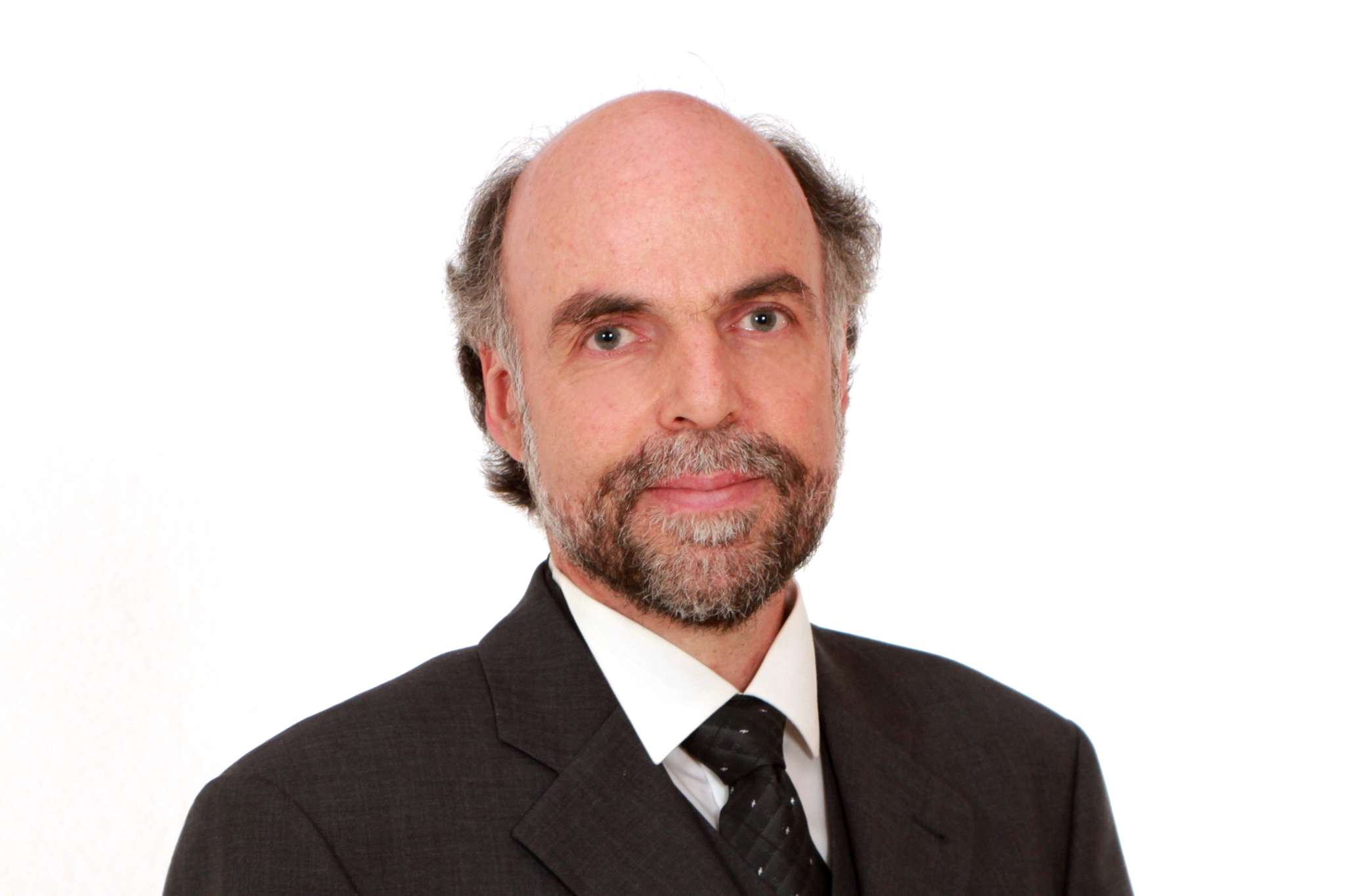Curriculum vitae

Dr. Stefan Hanstein is a plant scientist, electrophysiologist and biochemist. He earned his Diploma in Biology in 1989. After three years of professional experience in a commercial biochemistry laboratory (symbio Herborn Group, Germany), he completed his PhD thesis in 1999 about physiological processes in the cell wall space (apoplast) of higher plants at Justus Liebig University (JLU), Giessen, Germany, in collaboration with the Royal Veterinary and Agricultural University in Copenhagen.
From 2002 to 2005, he was a team leader in an international, interdisciplinary collaboration project on sensor coatings. He conducted research on plant membranes and plant cell walls from 1997 to 2014 and worked as a lecturer from 2007 to 2013 at the Institute of Plant Nutrition at JLU. From 2002 to 2014, he was a project leader in the field of sensor development at TransMIT GmbH, Gießen, Germany.
Since 2014, he has been working at Fraunhofer IWKS as project leader for the sector Food and Bio-Based Materials, and was primary coordinator contact for the HyperBioCoat project. During his career, he already contributed to five patent applications.
